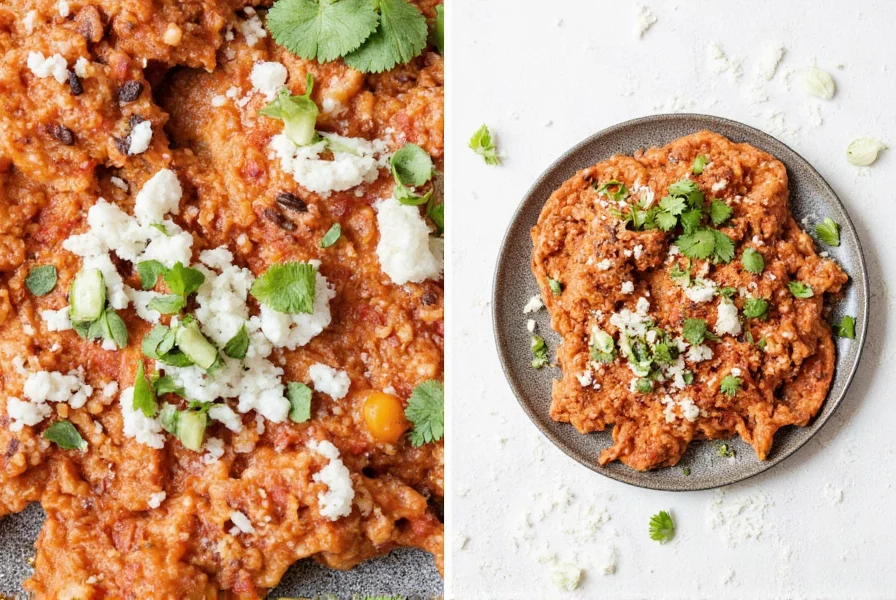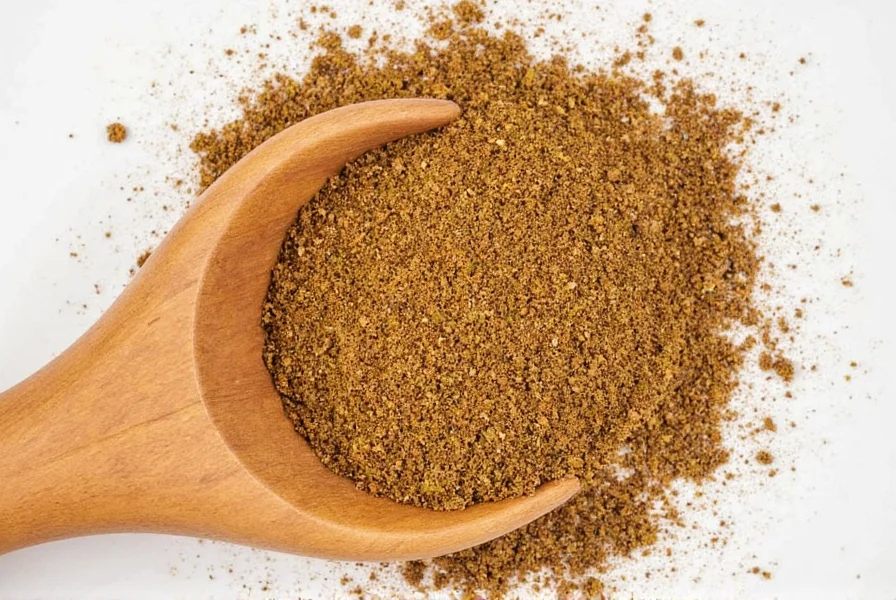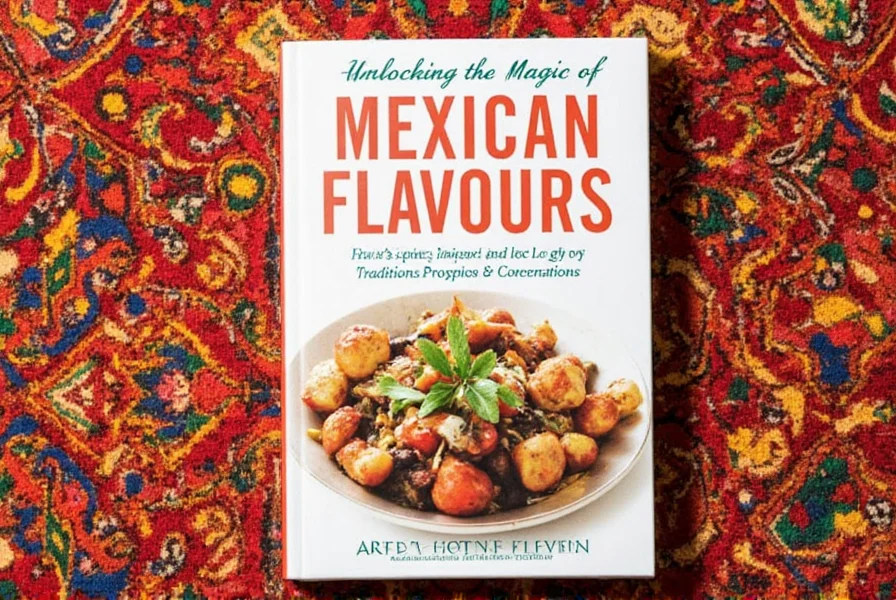Table of Contents
- How to Use Cumin in Cooking
- Understanding Cumin's Flavor Profile
- 5 Essential Ways to Use Cumin in Your Kitchen
- How to Pair Cumin with Other Flavors
- Buying Guide: Choosing the Best Cumin
- Toast It or Not? The Cumin Roasting Debate
- From Tacos to Tagines: How the World Uses Cumin
- Proper Storage Tips for Fresh Cumin
- Mastering Cumin for Better Cooking
How to Use Cumin in Cooking
Cumin is a versatile spice that transforms ordinary dishes into extraordinary meals. Whether you're making tacos, curries, or roasted vegetables, knowing how to use cumin properly is key. Here's everything you need to know to master this ancient spice in your kitchen.

Understanding Cumin's Flavor Profile
Cumin's unique taste is a blend of earthy warmth and subtle complexity. Let's break it down:
- Earthy: Deep, grounding notes reminiscent of soil and roots.
- Warm: Mildly peppery with toasted nut undertones.
- Smoky (when roasted): Enhanced depth from toasting brings out smoky qualities.
- Bitter-Sweet Balance: Subtle sweetness balanced by gentle bitterness.
| Flavor Attribute | Description | Similar Spices |
|---|---|---|
| Earthy | Makes dishes feel hearty and grounded | Paprika, coriander |
| Warm | Comforting heat without actual spiciness | Nutmeg, allspice |
| Smoky | Adds a grilled or roasted quality | Smoked paprika, chipotle powder |
| Bitter-Sweet | Complex balance that builds layers in food | Anise, fenugreek |
5 Essential Ways to Use Cumin in Your Kitchen
- Spice Blends: Add to chili powder, garam masala, taco seasoning, ras el hanout, and more.
- Ground vs. Whole Seeds: Use whole seeds for toasting and grinding fresh; use ground cumin for convenience.
- Stews & Soups: Enhance slow-cooked dishes like chili, posole, or lentil stew with a teaspoon of ground cumin.
- Roasted Vegetables: Mix with olive oil and toss with carrots, cauliflower, or zucchini before roasting.
- Rubs & Marinades: Blend with salt, pepper, garlic, and oil for bold meat rubs.

How to Pair Cumin with Other Flavors
Cumin pairs perfectly with these ingredients for maximum flavor:
- Coriander + Cumin: The ultimate duo in Indian, Middle Eastern, and North African cooking.
- Ginger + Cumin: Perfect for curries and stir-fries with warm, aromatic notes.
- Turmeric + Cumin: Adds depth to golden-hued dishes and anti-inflammatory blends.
- Garlic + Cumin: A savory match for Mexican tacos or Middle Eastern dips.
- Lime + Cumin: Brightens rich dishes with citrus contrast.
| Flavor Partner | Why It Works | Best Dishes |
|---|---|---|
| Coriander | Complements cumin’s earthiness with citrusy notes | Curries, falafel, tagines |
| Ginger | Adds brightness and heat to balance cumin’s depth | Chutneys, soups, rice dishes |
| Turmeric | Enhances color and supports digestion | Dal, golden milk, saffron rice |
| Garlic | Amplifies savory qualities | Tacos al pastor, shakshuka, hummus |
| Lime | Cuts through richness and lifts flavor | Guacamole, ceviche, grilled meats |
Buying Guide: Choosing the Best Cumin
Not all cumin is equal. Here's how to choose:
Types of Cumin
- Whole Seeds: Ideal for roasting and grinding fresh. Longer shelf life.
- Ground Cumin: Convenient for everyday cooking. Check freshness dates.
Top Cumin Brands Compared
| Brand | Type | Origin | Features | Best For |
|---|---|---|---|---|
| Penzeys Spices | Whole & Ground | India, Egypt | High aroma, organic options | Home chefs who love fresh flavors |
| McCormick | Ground | Global blend | Consistent flavor, affordable | Everyday cooking |
| Simply Organic | Ground | Organically grown | Certified organic, no additives | Health-conscious cooks |
| Spice Garden | Whole Seeds | India | Fragrant, ideal for grinding | Grinding at home |
| La Flor | Ground | Mexico | Vibrant flavor, great for salsas | Mexican cuisine lovers |
Toast It or Not? The Cumin Roasting Debate
Roasting cumin seeds enhances flavor but requires care:
- Roasting intensifies flavor: Brings out nuttiness and smokiness.
- Use dry heat only: No oil needed — just a hot pan and constant stirring.
- Don’t overdo it: Burned cumin becomes bitter and unpleasant.
Pro Tip: Grind roasted cumin immediately after cooling to preserve volatile oils.

From Tacos to Tagines: How the World Uses Cumin
Cumin travels globally with these signature uses:
| Cuisine | Signature Dish | Role of Cumin |
|---|---|---|
| Mexican | Taco Seasoning | Core flavor in meat marinades and bean dishes |
| Indian | Chana Masala | Foundational element in garam masala and curry powders |
| Middle Eastern | Hummus | Adds warmth and complements tahini |
| North African | Tagine | Works with cinnamon and ginger in rich stews |
| Mediterranean | Halloumi Skillet | Infuses savory depth into grilled cheeses |
Proper Storage Tips for Fresh Cumin
Keep cumin tasting fresh with these tips:
- Air-tight containers: Store in glass jars away from heat sources.
- Buy in small batches: Ground cumin lasts 6 months; whole seeds up to a year.
- Label & date: Track freshness with clear labeling.
- Keep it cool & dark: A cupboard away from the oven is perfect.
Mastering Cumin for Better Cooking
Cumin may seem simple, but it's a powerful tool for elevating dishes. Whether simmering Moroccan tagine or roasting vegetables, understanding cumin's flavor profile and uses will transform your cooking. Experiment with pairings, try roasting your own seeds, and add cumin where you least expect it — because sometimes, the secret ingredient really is cumin.
Now go forth and cumin-up your life!










 浙公网安备
33010002000092号
浙公网安备
33010002000092号 浙B2-20120091-4
浙B2-20120091-4